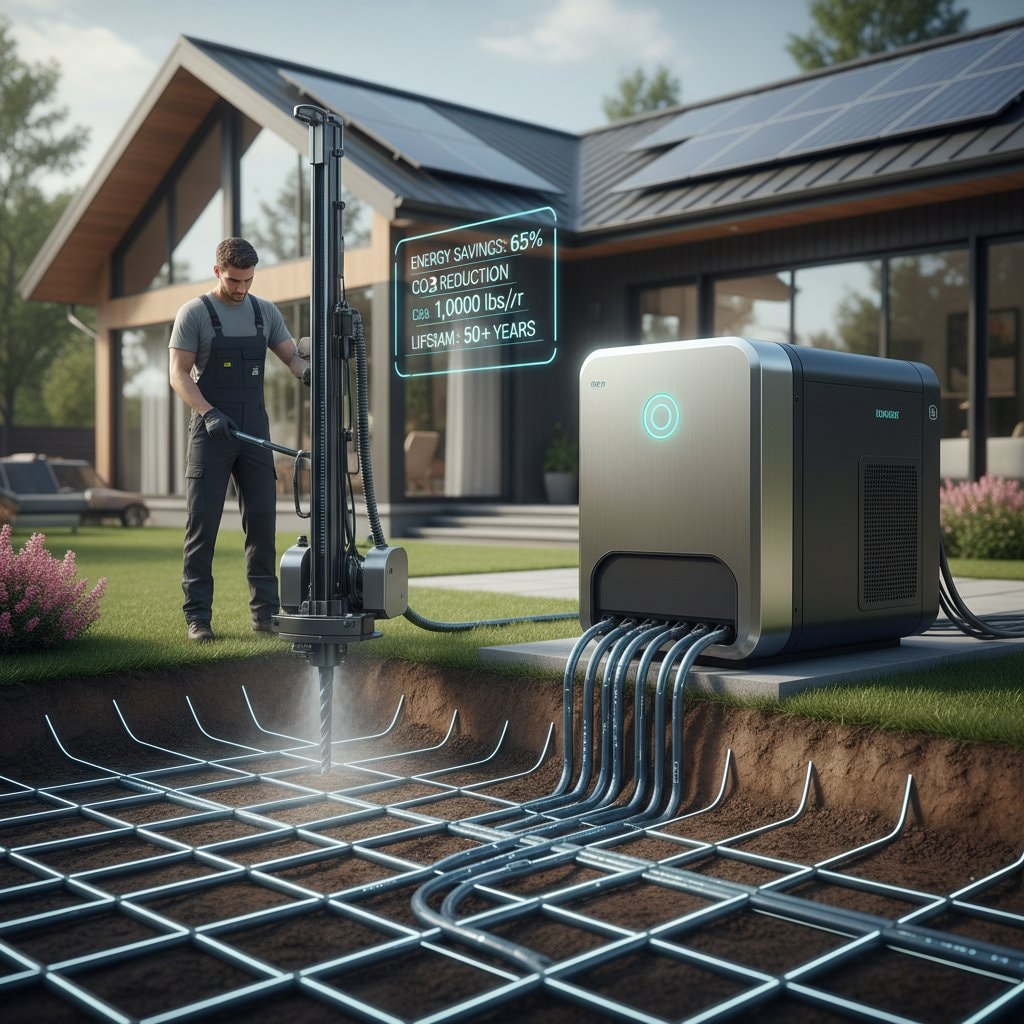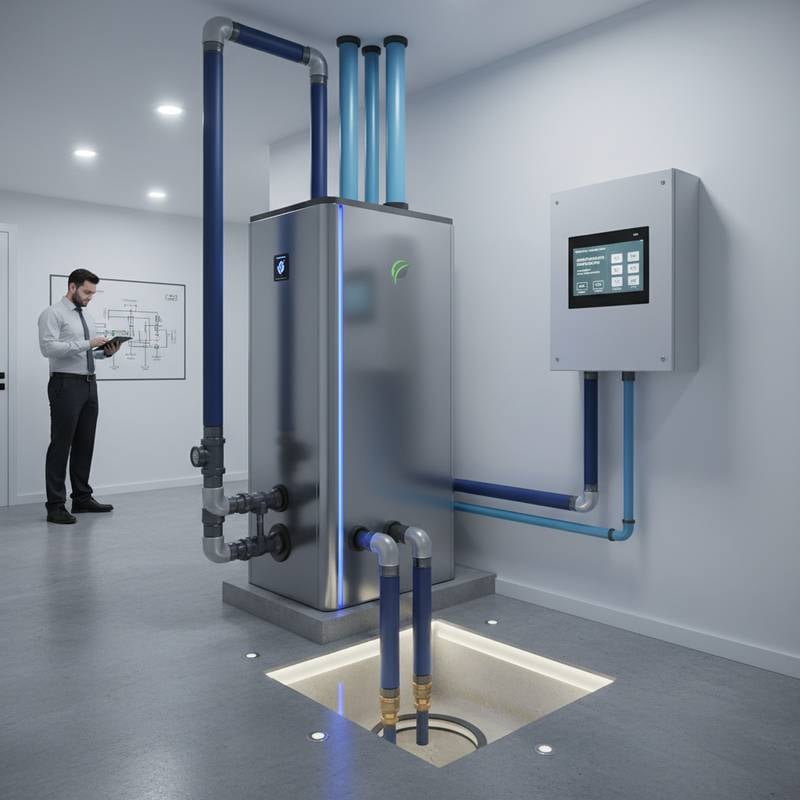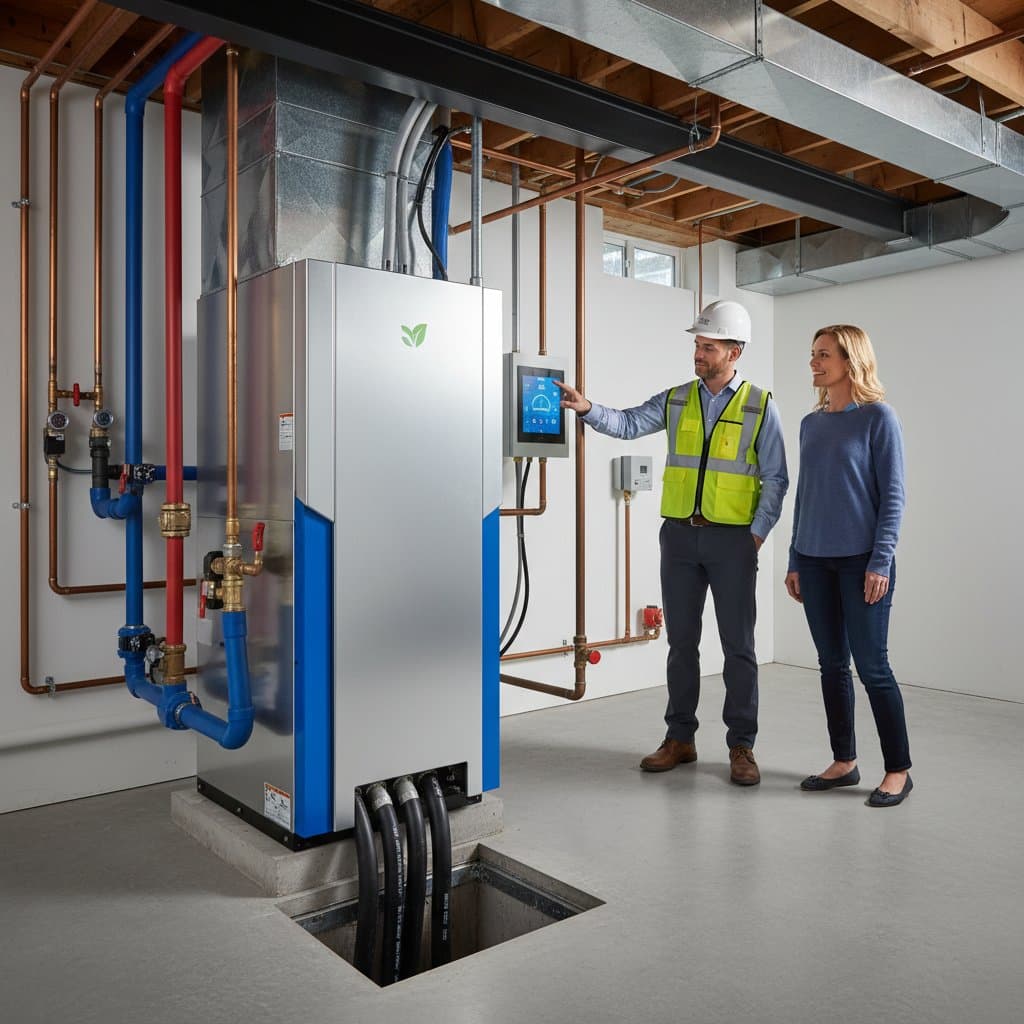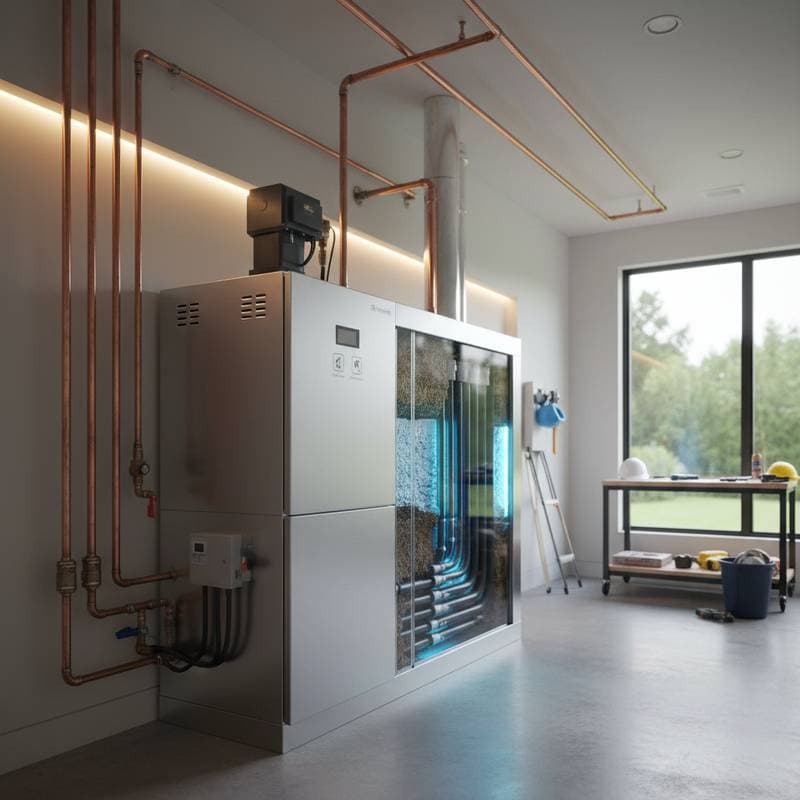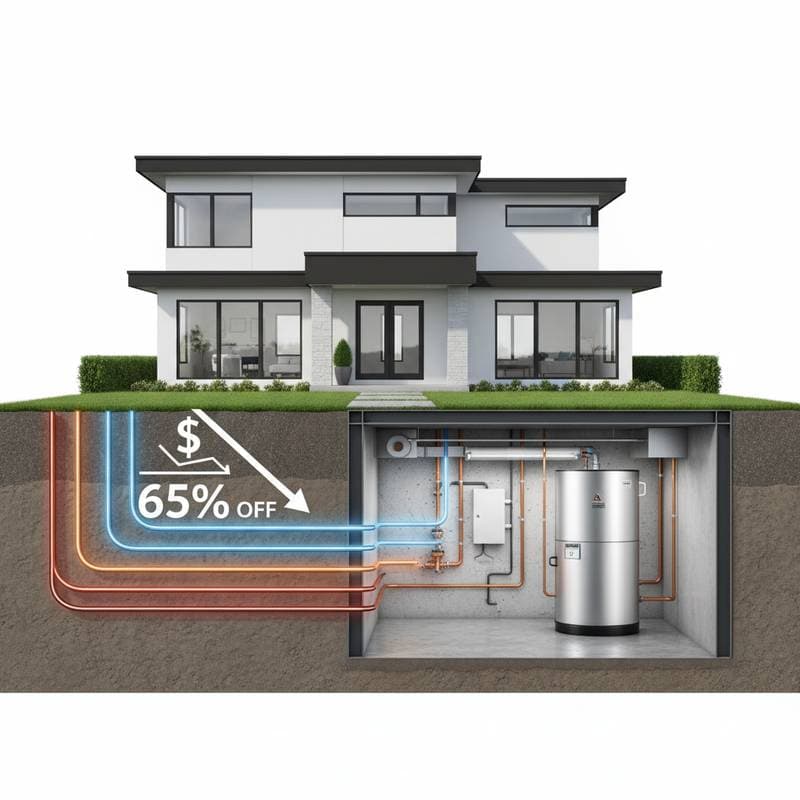Why 2025 Marks the Mainstream Arrival of Geothermal HVAC
Homeowners increasingly seek reliable energy sources that deliver savings and sustainability. Geothermal HVAC systems harness the earth's stable temperatures for heating and cooling, moving beyond niche applications toward widespread use. In 2025, this technology reaches a pivotal moment, driven by economic, policy, and innovation forces.
Essential Benefits
- Homeowners achieve up to 65 percent reductions in heating and cooling expenses through efficient ground-source heat pumps.
- Federal and regional incentives offset 25 to 50 percent of installation expenses, varying by location and system scale.
- Indoor units endure beyond 25 years, while ground loops last over 50 years, ensuring substantial long-term value.
- Innovations in drilling and loop configurations shorten installation timelines by almost 50 percent, suiting retrofits in established homes.
- The HVAC sector invests heavily in geothermal training, signaling broad industry growth.
Factors Driving Adoption in 2025
Multiple elements align to position geothermal HVAC as a viable choice for more households.
Reduced Installation Expenses
Previously, geothermal setups cost 1.5 to 2 times more than efficient furnace and air conditioner pairs. Advances in horizontal boring, compact rigs, and modular loops alter this dynamic. Installations now finish in three days for standard residences, lowering labor by up to 35 percent.
Standardized parts facilitate connections to current duct systems. Retrofitting older properties becomes feasible, broadening access past new builds.
Enhanced Incentive Programs
Policies play a crucial role. Tax credits and rebates in various areas cover significant installation portions. Utilities extend low-interest loans and rewards tied to performance for renewable HVAC adopters.
These supports can halve initial outlays. For long-term residents, geothermal emerges as a top energy investment.
Energy Market Instability
Fluctuating prices challenge households. Natural gas and propane costs often rise double digits seasonally. Electricity fees increase steadily from grid and production demands.
Geothermal avoids such volatility by relying on earth's consistent heat. Users enjoy predictable bills and reduced upkeep issues.
Environmental Benefits
Geothermal excels in sustainability. Systems cut greenhouse gases by up to 70 percent versus fossil fuel alternatives, using renewable earth energy.
Absence of external condensers minimizes noise and servicing while enhancing visual appeal. Operations remain quiet and steady, immune to weather extremes that strain traditional units.
Studies from the National Renewable Energy Laboratory indicate that replacing 10 percent of residential HVAC with geothermal could slash home energy emissions by over 150 million metric tons yearly. This impact matches removing millions of cars from roads.
Innovations Enhancing Feasibility
Core geothermal concepts endure, but supporting technologies advance significantly.
Efficient Drilling Equipment
Current rigs prove smaller, less noisy, and adaptable to constrained spaces. Vertical loops fit compact sites, enabling installations in dense urban and suburban settings.
Durable Loop Components
High-density polyethylene pipes offer superior strength and heat transfer. They resist corrosion for decades, curbing upkeep and prolonging lifespan.
Integrated Smart Features
Geothermal pairs with intelligent thermostats and management tools. These track usage, optimize based on presence, and link to solar setups for full renewable cycles.
Homeowners access live efficiency data and preempt issues through alerts.
Steps for Homeowners to Explore Geothermal
Upgrading requires thoughtful preparation.
- Schedule a site evaluation with a certified specialist to assess soil, space, and energy needs.
- Research available federal, local, and utility incentives, including financing paths.
- Obtain itemized bids covering drilling, hardware, and ongoing maintenance.
- Analyze potential savings using your utility records for a customized return projection.
- Coordinate timing to limit disruption, often completing work in days during favorable seasons.
These actions empower informed choices and unlock enduring advantages.
Securing Geothermal for Your Home
Geothermal HVAC delivers consistent comfort, financial gains, and ecological impact. As 2025 unfolds, early adopters position themselves for resilient energy independence. Consult experts to integrate this proven solution into your living space.
